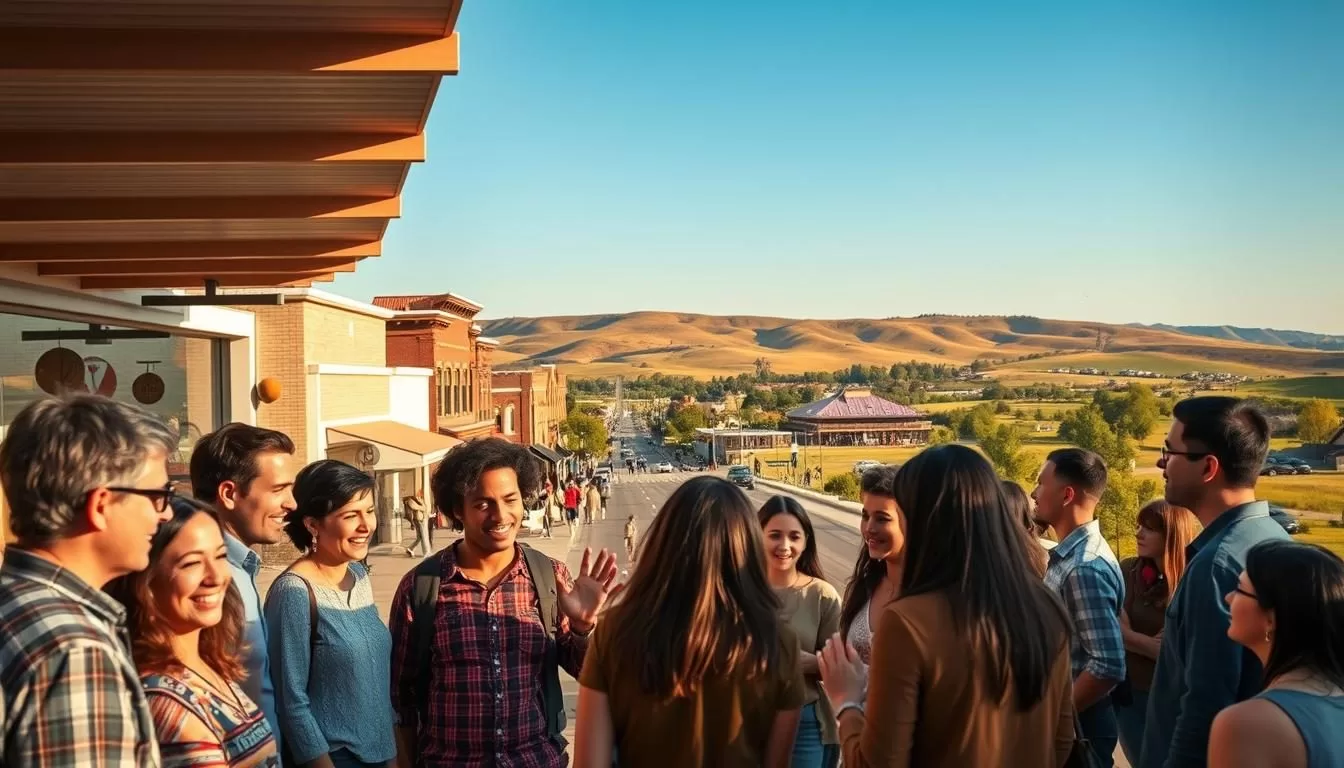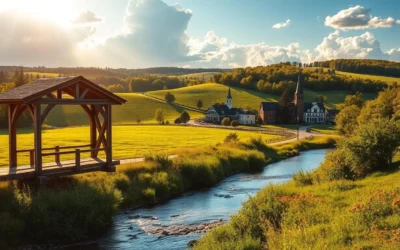✓ Accommodations ✓ Flights ✓ Rental Cars
You might be surprised to learn that Iowa is home to a diverse range of languages. While English is the predominant language, many residents speak other languages at home.
As people immigrate to Iowa from around the world, they bring their cultural heritage and language with them. This diversity is reflected in the fact that around 8.6% of residents speak a language other than English at home.
Understanding the language landscape in Iowa provides valuable insights into the state‘s cultural identity and demographic trends. In this article, we’ll explore the languages that shape the Hawkeye State‘s identity.
The Linguistic Landscape of Iowa
As you explore Iowa’s language landscape, you’ll discover a rich cultural heritage shaped by various languages spoken across the state. Iowa has an estimated 3.2 million residents, with a diverse linguistic profile that reflects both historical settlement patterns and recent immigration trends.
Current Language Demographics
Iowa’s population is predominantly English-speaking, but a significant percentage of residents speak a language other than English at home. Approximately 8.6% of the population, or around 275,244 people, speak another language, highlighting the state’s growing linguistic diversity.

Language Diversity Statistics
The state’s Limited English Proficiency (LEP) population is about 3% of the total residents, which translates to around 96,015 people who may require language assistance services. The diversity in spoken languages varies significantly across different regions, with urban areas showing greater linguistic variety compared to rural communities.
| Category | Number of People | Percentage of Population |
|---|---|---|
| Total Population | 3,200,000 | 100% |
| Speakers of Languages Other than English | 275,244 | 8.6% |
| Limited English Proficiency (LEP) Population | 96,015 | 3% |
English as Iowa’s Official Language
As you explore the linguistic landscape of Iowa, you’ll discover that English plays a pivotal role as the state’s official language. This designation has implications for government communications, public services, and the overall cultural identity of the state.
Official Language Legislation
Iowa has officially designated English as its state language through legislation, joining numerous other states with similar policies. The legislation mandates that government documents, official proceedings, and state communications be conducted primarily in English. However, provisions are included to allow for the use of other languages when necessary for public health, safety, justice, and educational purposes.
The legislation has been a subject of debate, with supporters viewing it as a unifying measure and critics arguing it could marginalize non-English speaking residents.
English Usage Across the State
English remains the dominant spoken language across Iowa, with approximately 91.4% of residents speaking English as their primary language at home. However, English proficiency varies across different regions and demographic groups, with urban areas showing greater linguistic diversity.
| Language Spoken at Home | Percentage of Residents |
|---|---|
| English | 91.4% |
| Other Languages | 8.6% |
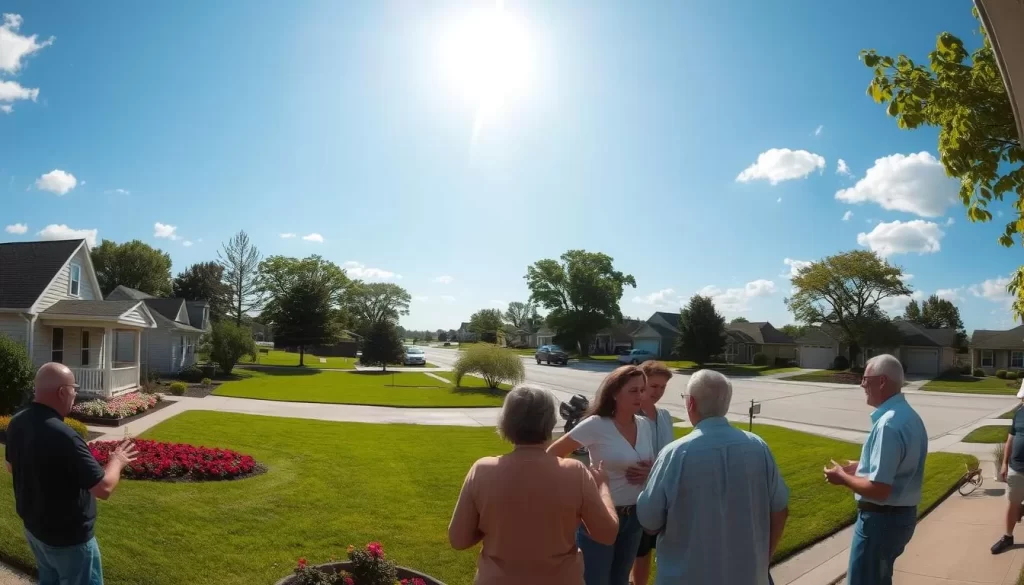
In the context of the United States, Iowa’s official language policy reflects broader debates about linguistic unity versus multilingualism. As you consider the role of English in Iowa, it’s clear that language plays a crucial role in shaping the state‘s identity and the way its residents interact with government services and each other.
Iowa’s Immigration History and Language Evolution
As you explore Iowa’s immigration history, you’ll discover how it has contributed to the state’s language evolution. The population of Iowa has been shaped by various waves of immigrants from different countries.
Early Settlement Patterns
Initially, Iowa was home to indigenous people with their own languages and dialects. The arrival of European settlers, particularly from Germany, Ireland, and the UK, significantly altered the linguistic landscape. The languages spoken by these early settlers continue to influence the state’s linguistic diversity. For instance, the Amish communities, who have been present since the mid-1800s, still speak Pennsylvania Dutch, a form of German.
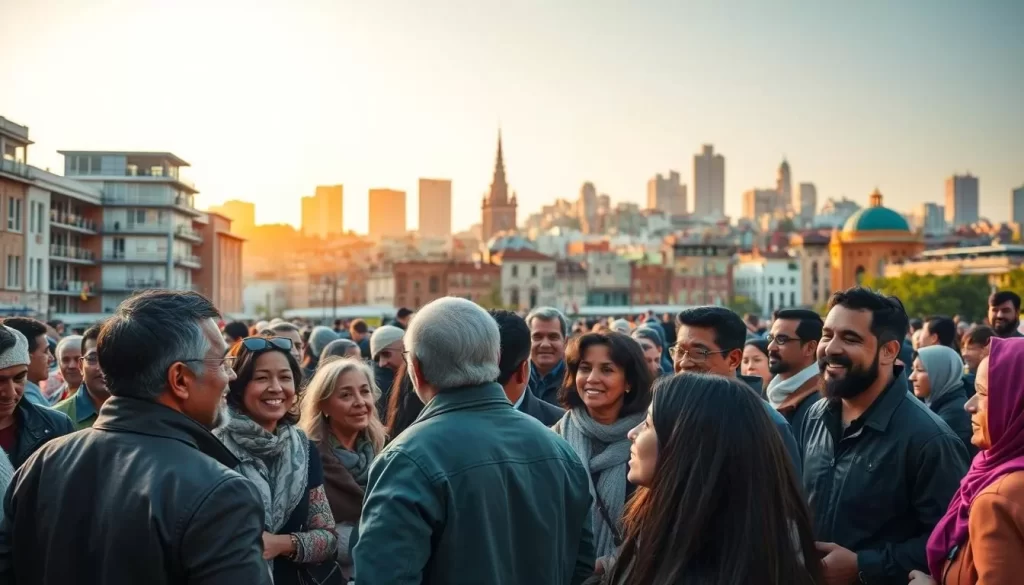
| Immigrant Group | Language(s) Spoken | Period of Migration |
|---|---|---|
| German | German, Pennsylvania Dutch | Mid-1800s |
| Irish, British | English | 19th century |
| Southeast Asian | Vietnamese, Lao, Cambodian | Late 20th century |
| Hispanic | Spanish | Late 20th century onwards |
Modern Immigration Trends
In recent decades, Iowa has seen an influx of immigrants from Southeast Asia and Hispanic communities, contributing to the state’s languages and cultural diversity. This has resulted in Spanish becoming the most common non-English language in Iowa.
Iowa, United States: Official and Widely Spoken Languages
As you explore the languages spoken in Iowa, you’ll discover a rich tapestry of cultures. The state’s linguistic diversity reflects its history of immigration and demographic changes.
The presence of various languages and speakers in Iowa contributes to the state’s cultural identity. Understanding the spoken language demographics is crucial for providing services that cater to the needs of the population.
Spanish – Iowa’s Most Common Non-English Language
Spanish stands as Iowa’s most prevalent non-English language with approximately 121,749 speakers, representing 4.12% of the state’s population. This reflects both historical Mexican-American communities and more recent Hispanic immigration.
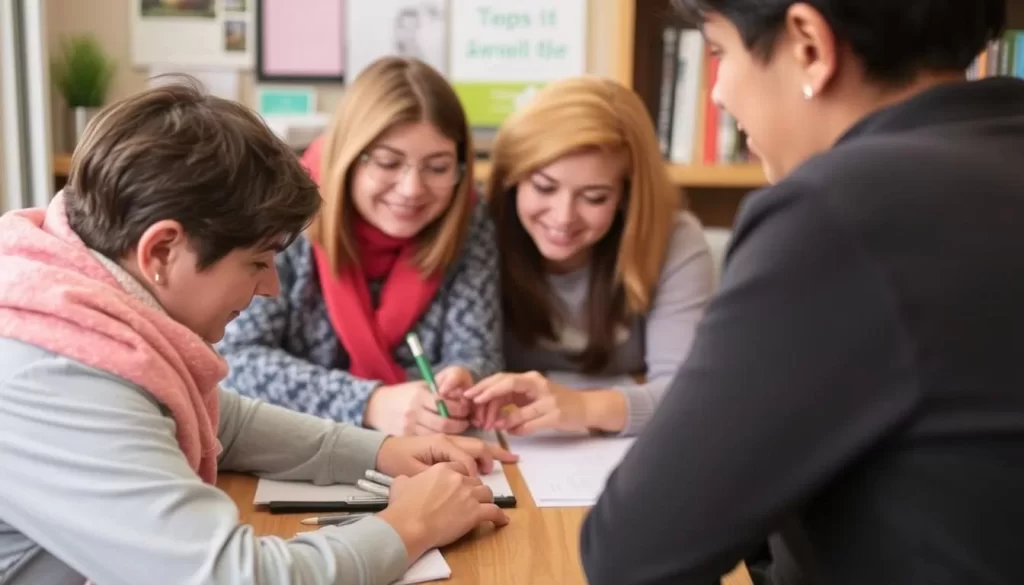
Chinese Languages in Iowa
Chinese languages, including both Mandarin and Cantonese, occupy the second position with roughly 11,330 speakers or 0.38% of Iowa’s population. They are concentrated primarily in university towns and larger urban centers.

German and Its Historical Significance
German maintains a significant presence with about 10,009 speakers, representing 0.34% of the population. This reflects both historical German settlements dating back to the 19th century and more recent German-speaking immigrants.
Arabic Communities in Iowa
Arabic has emerged as a prominent language with approximately 9,952 speakers, or 0.34% of the population. This reflects growing Middle Eastern and North African communities across Iowa’s larger cities.
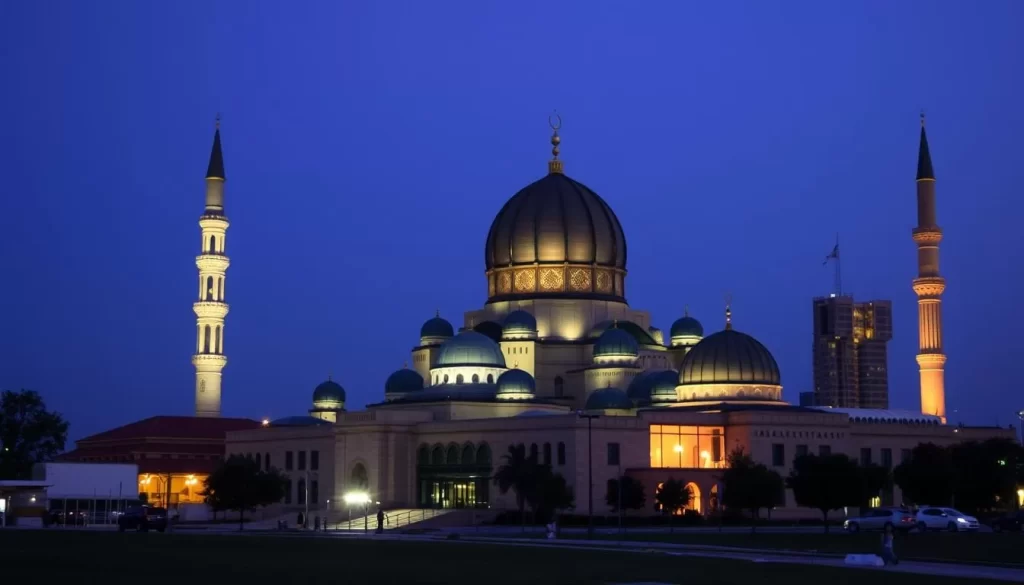
Vietnamese Speakers Across the State
Vietnamese is spoken by approximately 9,162 residents of Iowa, representing 0.31% of the population. This is largely a result of refugee resettlement following the Vietnam War and subsequent family reunification immigration.
Other Significant Languages in Iowa
Other significant languages include French (including Cajun), Serbo-Croatian, Thai/Lao/other Tai-Kadai languages, Swahili and other African languages, and Yiddish/Pennsylvania Dutch. Each of these has thousands of speakers across the state, contributing to the linguistic diversity.

The distribution of these languages across Iowa reflects both historical settlement patterns and contemporary immigration trends. Urban areas typically host greater linguistic diversity than rural regions, with communities often clustering in specific neighborhoods or regions.
Language Accessibility in Iowa
In Iowa, ensuring that everyone has access to essential services regardless of their language proficiency is a priority. The state has developed various initiatives to accommodate its growing Limited English Proficiency (LEP) population.
Services for Limited English Proficiency Residents
The state has implemented various services to cater to LEP residents. ESL programs are offered in educational institutions to help residents improve their English skills. Federal civil rights laws require organizations receiving federal funding to provide language assistance services, including interpreters and translated materials.
Translation and Interpretation Resources
Iowa provides translation and interpretation resources to bridge the language gap. Companies like Acutrans offer professional translation services in over 200 languages, including on-site, over-the-phone, or video remote interpretation services. This is particularly crucial in healthcare, where accurate communication is vital.
These services ensure that LEP individuals have equal access to essential resources and opportunities, connecting them to the wider world today.
The Importance of Language Diversity in Modern Iowa
Language diversity is crucial in today’s interconnected world, and Iowa is no exception. As the state continues to evolve, embracing its linguistic diversity is essential for businesses, healthcare providers, and agencies to remain competitive and inclusive.
Economic Benefits of Multilingualism
Iowa’s language diversity plays a significant role in its economic development. Multilingual workers provide a competitive edge for businesses engaged in international trade and commerce. Companies operating in Iowa value employees who can communicate in multiple languages, recognizing their ability to expand market reach and build relationships with global partners.
| Economic Benefits | Description |
|---|---|
| Multilingual Workers | Provide competitive advantages for businesses in international trade |
| Global Market Reach | Enable companies to expand their customer base globally |
| Translation Industry | Creates jobs and supports businesses serving diverse linguistic communities |
Cultural Enrichment Through Language
Beyond economics, language diversity enriches Iowa’s cultural landscape. Multilingual communities contribute unique perspectives and problem-solving approaches, fostering innovation and creativity. Preserving heritage languages alongside English acquisition helps maintain valuable cultural connections.

- Language diversity reflects Iowa’s evolving identity as a welcoming state.
- Multilingual services bridge communication gaps and foster inclusivity.
Conclusion
Iowa’s language demographics reveal a complex and dynamic environment, shaped by historical and contemporary factors. The state’s linguistic diversity is characterized by a blend of tradition and innovation, with English serving as the official language. As immigrants continue to arrive, the population is enriched by diverse languages spoken at home and in communities.
Language accessibility services, including translation and interpretation, play a vital role in ensuring that all residents can access essential services like healthcare and education. As Iowa continues to evolve, its multilingual environment positions it advantageously in an increasingly interconnected world. Understanding Iowa’s linguistic landscape provides valuable insights into the United States‘ cultural fabric.
The above is subject to change.
Check back often to TRAVEL.COM for the latest travel tips and deals.
